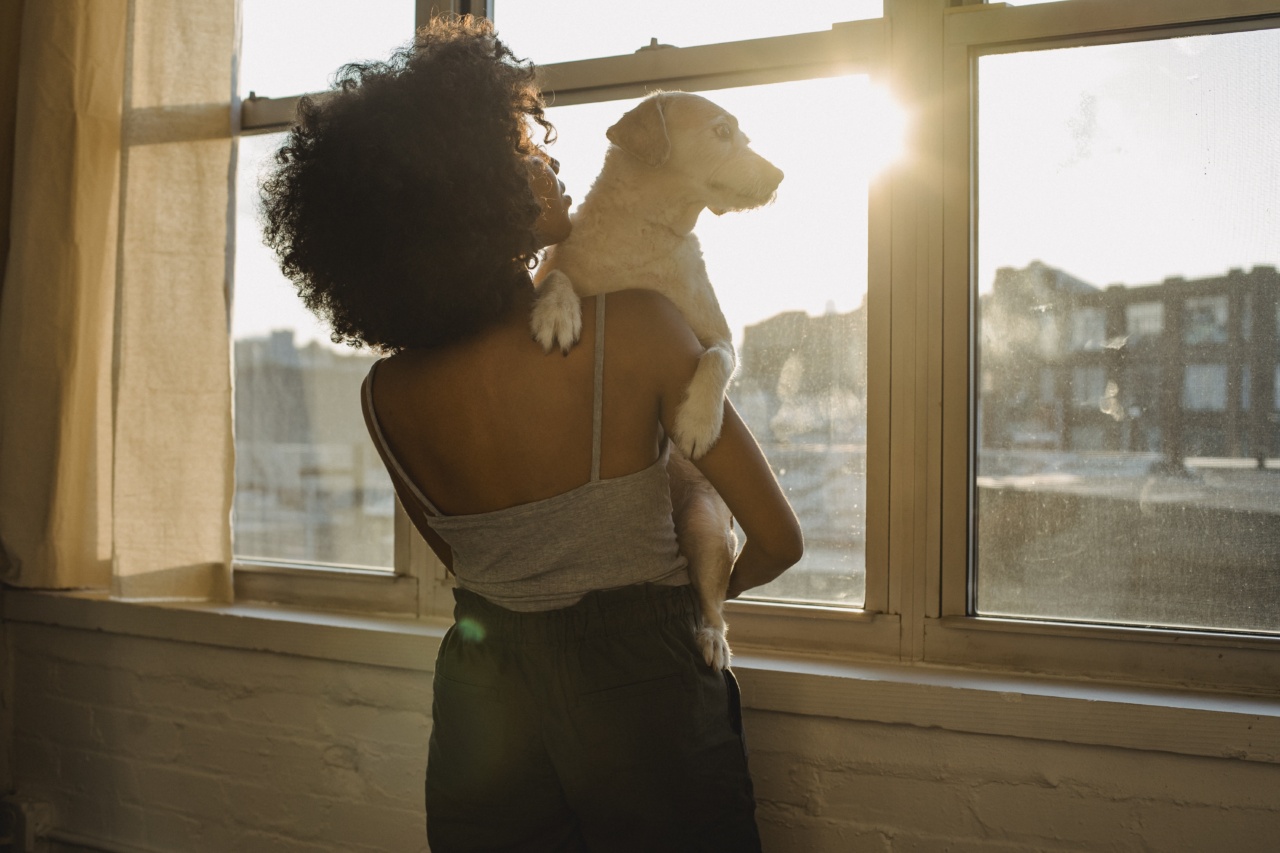For many dog owners, giving their furry friends a warm, tight hug is a natural way to express love and affection.
However, have you ever wondered if dogs truly enjoy being hugged? The science behind this behavior has yielded some interesting insights that shed light on whether dogs appreciate this form of physical contact. In this article, we will explore the evidence and expert opinions to determine whether dogs actually like hugs.
The Language of Dogs
Understanding the body language of dogs is crucial in deciphering their emotions and preferences. Dogs communicate primarily through body movements, facial expressions, and vocalizations.
By interpreting these signals, dog owners can better comprehend their pets’ responses to different situations.
Body Language Indicators
Scientific research suggests that dogs exhibit specific body language indicators when they feel comfortable and content. These include relaxed body posture, loose wagging tail, soft eyes, and open mouth.
On the other hand, signs of discomfort or stress may include a tense body, stiff tail, averting gaze, or lip licking.
Research Findings
A study conducted by Dr. Stanley Coren, a well-known psychologist and dog behavior expert, aimed to determine whether dogs enjoyed being hugged by analyzing their reactions.
The study involved observing 250 photos of people hugging dogs and analyzing the dogs’ expressions to gauge their level of comfort.
The results were surprising—81.6% of the dogs exhibited signs of stress or discomfort in response to the hugs. These signs included averting their heads, closing their eyes, pulling ears back, and overall tension in their body language.
Coren concluded that the majority of dogs do not appreciate being hugged and may perceive it as a threat or invasion of their personal space.
Another study published in Psychology Today observed the responses of dogs when hugged by their owners. The results indicated that while some dogs tolerated or even enjoyed the physical contact, the majority of dogs showed signs of stress and anxiety.
These signs included increased heart rate, panting, and attempts to escape from the hug.
Understanding Canine Instincts
An essential aspect to consider when examining whether dogs like hugs is understanding their natural instincts and behaviors. Dogs are descendants of wolves and are wired to interpret certain actions in specific ways.
Wolves, being highly territorial animals, may interpret a hug as a dominating or threatening gesture.
Dogs, as domesticated animals, have retained some of their ancestral instincts. While they have adapted to human environments, their instincts can still influence their emotional responses.
Therefore, it is important to acknowledge that dogs may have a different interpretation of hugs compared to humans.
Individual Variations
Every dog is unique, just like humans. Not all dogs have the same preferences or reactions. Some dogs may genuinely enjoy being hugged and see it as a comforting gesture.
These dogs may lean into the hug, wag their tails, and make eye contact, indicating a positive response.
However, it is crucial to recognize that the percentage of dogs that truly find hugs enjoyable seems to be relatively low compared to the overall dog population.
Taking into account individual variations is essential in understanding your own dog’s preferences.
Alternative Signs of Affection
While hugging may not be the most preferred form of physical interaction for dogs, there are several other ways to demonstrate love and affection towards them.
These alternative signs of affection are often better received and more comfortable for dogs:.
- Scratches and Rubs: Most dogs love a good scratch or rub, especially in their favorite spots.
- Belly Rubs: Many dogs enjoy having their bellies rubbed, and this can be a great way to bond.
- Playtime: Engaging in play activities stimulates dogs mentally and physically, fostering a strong bond between them and their owners.
- Verbal Praise: Dogs respond positively to kind and encouraging words. Offering verbal praise helps reinforce good behavior and establishes a positive connection.
- Treats: Rewarding dogs with their favorite treats is an effective way to show affection and reinforce positive behavior.
Respecting Dogs’ Boundaries
Recognizing and respecting dogs’ boundaries is vital for their well-being and the preservation of a healthy owner-pet relationship. It is essential to take cues from the dogs themselves and observe their responses to different situations.
If a dog shows signs of discomfort or stress when hugged, it is vital to refrain from hugging them in the future.
Respecting their personal space and finding alternative ways to express affection will help create a better bond built on trust and mutual understanding.
Expert Opinions
Several dog behavior experts and veterinarians have shared their insights on whether dogs like hugs:.
- Dr. Patricia McConnell, a certified applied animal behaviorist, suggests that dogs may view hugs as restrictive and uncomfortable, especially due to their anatomy and instinctive behaviors.
- Dr. Karen Becker, a proactive and integrative wellness veterinarian, advises that understanding and respecting a dog’s body language is essential in determining their level of comfort.
- Dr. Sophia Yin, a veterinarian and animal behaviorist, recommends observing dogs’ responses and allowing them to initiate physical contact rather than imposing it on them.
The Bottom Line
Although individual dogs may have their own preferences, the majority of scientific evidence and expert opinions suggest that dogs do not particularly enjoy hugs.
Dogs have different instinctive reactions and perceive hugs as invading their personal space or exhibiting dominance.
As responsible dog owners, it is crucial to respect our pets’ boundaries and look for alternative ways to express love and affection.
Each dog has its unique personality and preferences, and understanding and fulfilling their needs is vital in building a strong and loving bond.































